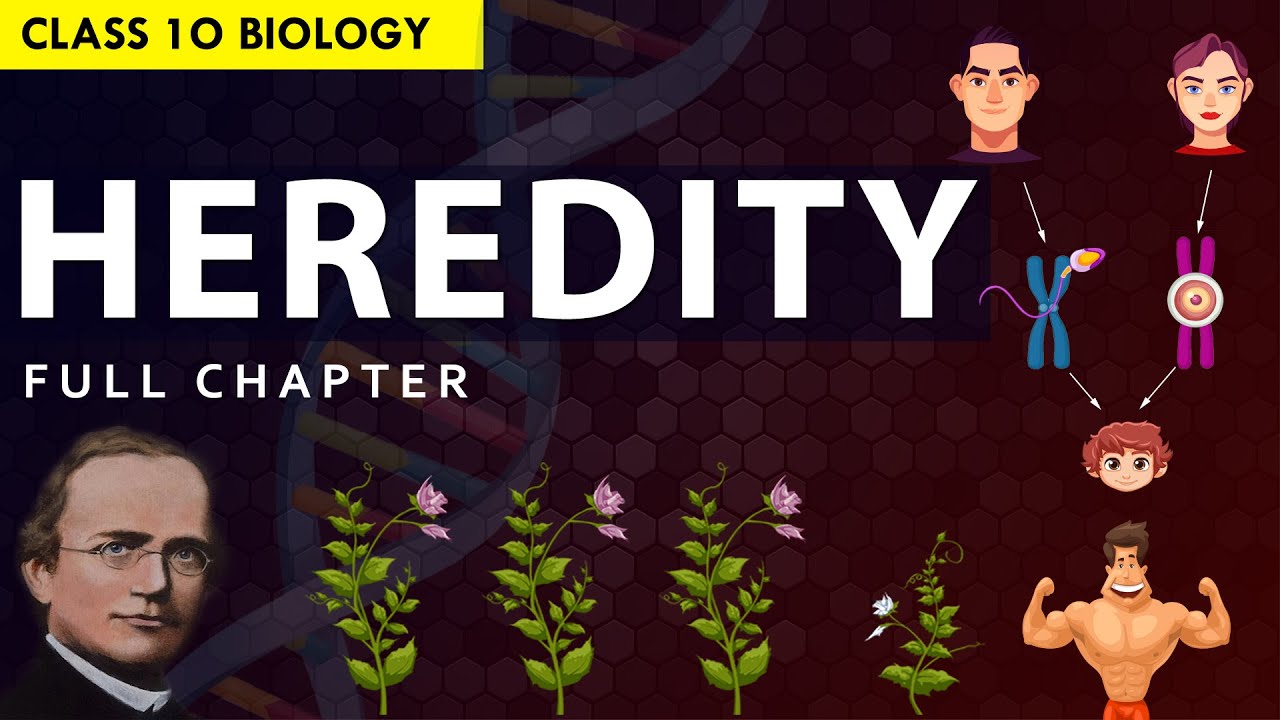IPA Kelas 9 : Pewarisan Sifat III (Hukum 2 Mendel : Persilangan Dihibrid)
Summary
TLDRThis educational video explains the concept of Mendelian inheritance through dihybrid crosses, using pea plants as examples. It covers the basics of dominant and recessive traits, how to determine parental genotypes, and the process of constructing a Punnett square to predict offspring outcomes. The video walks through calculating genotypic and phenotypic ratios, providing a detailed breakdown of the 9:3:3:1 inheritance pattern. The lesson also includes real-world applications to human traits like tongue rolling and cleft chin, encouraging viewer engagement with a call to comment and win prizes.
Takeaways
- 😀 Takeaway 1
- 😀 Takeaway 2
- 😀 Takeaway 3
- 😀 Takeaway 4
- 😀 Takeaway 5
- 😀 Takeaway 6
- 😀 Takeaway 7
- 😀 Takeaway 8
- 😀 Takeaway 9
- 😀 Takeaway 10
Q & A
What is a dihybrid cross in genetics?
-A dihybrid cross involves the study of inheritance patterns for two different traits simultaneously. In the example from the video, it involves traits like seed shape (round or wrinkled) and seed color (yellow or green) in pea plants.
How are the genotypes of the parents represented in a dihybrid cross?
-The genotypes of the parents are represented using capital and small letters, where capital letters represent dominant traits (e.g., B for round seed, K for yellow seed) and small letters represent recessive traits (e.g., b for wrinkled seed, k for green seed).
What is the purpose of using a Punnett square in genetics?
-A Punnett square is used to predict the possible genetic combinations of offspring based on the parents' gametes. It helps calculate the likelihood of different genotypes and phenotypes in the offspring.
What are gametes, and how are they involved in a dihybrid cross?
-Gametes are reproductive cells (sperm and egg) that carry half of the genetic information from each parent. In a dihybrid cross, gametes are formed from the parental genotypes, and they combine during fertilization to produce offspring.
What is the expected phenotypic ratio in a dihybrid cross?
-The expected phenotypic ratio for a typical dihybrid cross is 9:3:3:1. This means 9 offspring will exhibit both dominant traits, 3 will show one dominant and one recessive trait, 3 will have the opposite combination, and 1 will show both recessive traits.
What are dominant and recessive traits, and how do they influence inheritance?
-Dominant traits are expressed when at least one dominant allele is present in the genotype, while recessive traits are only expressed when both alleles are recessive. Inheritance follows the Mendelian principles where dominant alleles mask the expression of recessive alleles.
How do homozygous and heterozygous genotypes differ?
-A homozygous genotype has two identical alleles for a trait (e.g., BB or kk), while a heterozygous genotype has two different alleles (e.g., Bb or Kk). Homozygous genotypes will produce only one type of gamete for that trait, whereas heterozygous genotypes produce multiple types of gametes.
What is the significance of understanding Punnett squares in genetics?
-Understanding Punnett squares allows individuals to predict the likelihood of specific genetic outcomes in offspring, providing valuable insight into inheritance patterns and the probabilities of expressing certain traits.
Why is it important to learn about Mendelian inheritance patterns?
-Learning about Mendelian inheritance patterns helps in understanding how traits are passed from parents to offspring. It forms the foundation for genetics, with applications in fields such as agriculture, medicine, and evolutionary biology.
How does a monohybrid cross differ from a dihybrid cross?
-A monohybrid cross involves the inheritance of a single trait, while a dihybrid cross involves two traits. The calculations in a dihybrid cross are more complex, involving the consideration of multiple allele combinations and their effects on the offspring.
Outlines

此内容仅限付费用户访问。 请升级后访问。
立即升级Mindmap

此内容仅限付费用户访问。 请升级后访问。
立即升级Keywords

此内容仅限付费用户访问。 请升级后访问。
立即升级Highlights

此内容仅限付费用户访问。 请升级后访问。
立即升级Transcripts

此内容仅限付费用户访问。 请升级后访问。
立即升级浏览更多相关视频

Cara Mudah Persilangan Dihibrid (Dua Sifat Beda) - Hukum II Mendel kelas 9

PEWARISAN SIFAT PADA MAHLUK HIDUP: IPA SMP KELAS 9

HUKUM MENDEL: BIOLOGI KELAS 12 SMA

CLASS 10 HEREDITY & EVOLUTION Full chapter explanation (Animation) | NCERT Class 10 Chapter 8

Genetics - Understanding Crosses - Lesson 6 | Don't Memorise

BAB 6: PEWARISAN SIFAT DAN BIOTEKNOLOGI | Part 1: Pewarisan Sifat | IPA Kls 9 SMP Kurikulum Merdeka
5.0 / 5 (0 votes)
